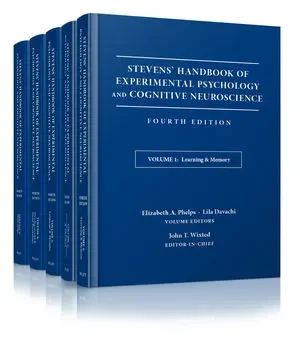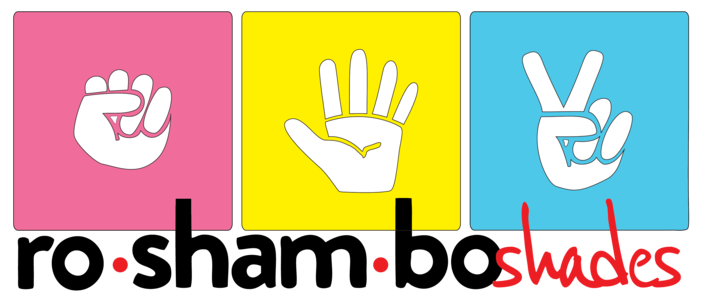
Towards a Robotic Architecture
Smartfox Books Code: PR7279
Normally: $151
"Towards a Robotic Architecture" is a groundbreaking exploration of the intersection between robotics and architecture, delving into how emerging technologies are reshaping the way buildings are designed and constructed. As automation and robotics continue to advance, the architectural field is undergoing a transformation, enabling more complex, precise, and innovative designs that were previously unimaginable.
This book examines the role of robotics in architecture from multiple perspectives, including design processes, construction methods, and the creation of smart, responsive buildings. It explores the potential of robotic fabrication techniques to revolutionize construction, reduce waste, and enhance the sustainability of architectural practices. Additionally, it discusses the implications of robotic architecture for the future of the built environment, highlighting how these technologies can lead to more adaptable and resilient structures.
"Towards a Robotic Architecture" is richly illustrated with case studies, diagrams, and examples of cutting-edge projects that showcase the practical applications of robotics in architecture. This book is an essential resource for architects, engineers, designers, and students who are interested in the future of architecture and the innovative possibilities that robotics and automation offer.
Key Features:
-
Robotics and Architecture Integration: The book explores how robotics is being integrated into architectural design and
construction, creating new possibilities for innovation and precision.
-
Automation in Construction: Discover how automation is transforming construction processes, from robotic fabrication to
on-site assembly, leading to more efficient and sustainable building practices.
-
Digital Fabrication Techniques: Learn about the latest advancements in digital fabrication, including 3D printing and
robotic assembly, and how they are being applied to architecture.
-
Smart and Responsive Buildings: The book examines the development of smart buildings that use robotics and automation to
enhance functionality, adaptability, and user interaction.
-
Innovative Design Processes: Explore how architects are leveraging robotic technologies to push the boundaries of design,
creating complex and dynamic forms that challenge traditional construction methods.
-
Sustainability and Efficiency: Understand the role of robotics in promoting sustainability in architecture, reducing
material waste, and improving the efficiency of construction processes.
-
Case Studies and Examples: The book is filled with real-world examples and case studies that demonstrate the successful
application of robotics in architectural projects around the world.
-
Future of Architecture: Delve into the future possibilities of robotic architecture, considering how these technologies
will shape the next generation of buildings and cities.
-
Interdisciplinary Approach: The book bridges the gap between architecture, engineering, and robotics, providing a
comprehensive overview of how these fields intersect and collaborate.
-
For Architects and Engineers: "Towards a Robotic Architecture" is a valuable resource for professionals and students in
architecture, engineering, and design who are interested in the cutting-edge of architectural technology.
Embrace the future of architectural innovation with "Towards a Robotic Architecture." This book offers a thorough exploration of how robotics and automation are transforming the built environment, providing architects and engineers with the knowledge and inspiration to harness these technologies in their own work. Whether you're a seasoned professional or a curious student, this book is your guide to understanding and shaping the future of robotic architecture.
Description:The field of robotics is coming of age. Robotics and artificial intelligence represent the next cutting edge technology to transform the fields of architecture and design. The past decade's surge towards more computationally defined building systems and highly adaptable open-source design software has left the field ripe for the integration of robotics wither through large-scale building fabrication or through more intelligent/adaptive building systems. Through this surge, architecture has not only been greatly influenced by these emerging technologies, but has also begun influencing other disciplines in unexpected ways. The purpose of this book is to provide systems of classification, categorization and taxonomies of robotics in architecture so that a more systematic and holistic body of work could take place while addressing the multifarious aspects of possible research and production. As the research in this area is in its infancy, the book will play the role of bringing together scholars, designers and industry members defining their positions along the four frameworks for architectural robotics. The book aspires to be the first scholarly treatment of a broad range of robotics research in architecture and design fields. It will address how architectural robotics can open up unique and innovative possibilities both within architecture and related disciplines. AUTHORS: Dr. Mahesh Daas is the dean of the School of Architecture, Design and Planning at the University of Kansas. Throughout his career, Daas has been honored for his exceptional creative achievements, leadership, and innovative approach to teaching. Professor Andrew John

















.jpg)
















































ulva-Logo.jpg)
